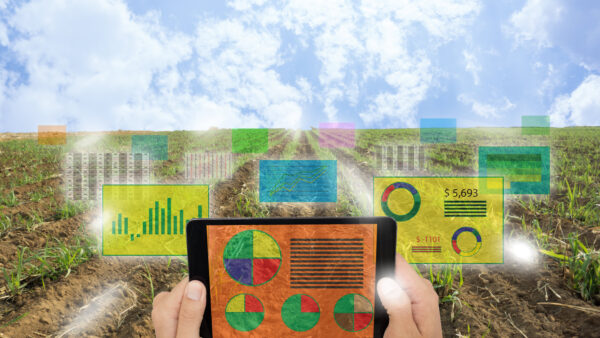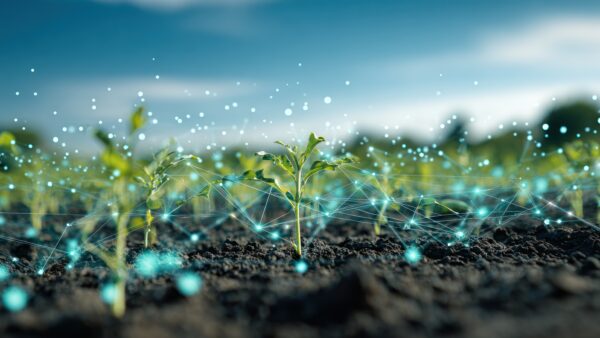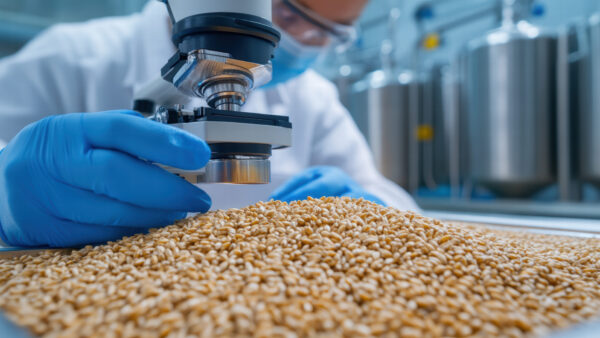Seed World LATAM sat down with the executive director of the Mexican Seed Association (AMSAC), Mario Puente Raya, to get perspective on three critical questions about today’s seed sector.
1. Professional Conversations: What Skills Do Today’s Plant Breeders Need to Succeed?
We recently posed this question during the Plant Breeding Innovation Seminars that we organized in collaboration with Mexican higher education institutions. The experts who participated shared valuable insights, which I will summarize here.
When discussing the role of academia in training plant breeders, Dr. Sandra Valdés from CIAT Colombia highlighted an important point: “Many young people are more interested in new technologies such as artificial intelligence or robotics. One of the challenges is that universities often separate conventional breeding from these technologies, so it is necessary to integrate both fields.”
Meanwhile, Dr. Carlos Hernández from the Brazilian company CTC Genomics emphasized how industry demands have changed significantly: “Today, as an industry, I need a breeder with a strong foundation in quantitative genetics, bioinformatics, programming, and the ability to process the vast amount of data generated from genotyping. They should also be proficient in phenotyping in the field, using drones and spatial technologies. We need someone who can work with machine learning, artificial intelligence, and manage large amounts of data.”
At AMSAC, we agree that it is essential to connect the profile of traditional plant breeders with new technologies to develop professionals who can leverage the best of both worlds. They must utilize existing tools to create the new plant varieties that the market demands. To achieve this, there must be a continuous dialogue between academia and industry. That is why we promote initiatives like the Seminars, which you can read more about in this document: https://bit.ly/IMV_Seminarios.
2. Supporting the Next Generation: How Should the Seed Industry Support a New Generation of Professionals in the Sector?
There are many ways to support new generations, but one of the most effective is to provide comprehensive training that prepares them for the challenges they will face in the industry. As I previously mentioned, collaboration between academia and industry is crucial to ensuring that young professionals receive training that aligns with real-world industry demands.
Another essential form of support is offering internships and exchange programs with educational institutions in other countries. Several experts at the IMV Seminars shared examples of young Mexican students who completed research stays at universities in the United States, particularly in Iowa, which is a global leader in plant breeding. These experiences strengthened their education and allowed them to participate in research and development projects for new plant varieties.
Additionally, at AMSAC, we believe it is vital to have legislation that enables the adoption of new plant breeding technologies. That is why we continue working with authorities to ensure an appropriate regulatory framework for both public and private research. Such a framework will allow us to harness innovations in plant breeding to address current and future challenges in agriculture and food security.
3. The Impact of AI: In the New Era of the Seed Industry, Where Artificial Intelligence Is Transforming Business Operations, How Do You Foresee AI Changing the Sector in the Next Decade?
As agriculture becomes more digital and precise, artificial intelligence (AI) will play a key role in various aspects of the seed industry. Two major areas where AI could transform the sector include:
- Development of New Seed Varieties: AI can accelerate the process of developing new plant varieties through predictive models and simulations. Algorithms can analyze vast amounts of genetic and environmental data to identify optimal combinations that improve pest resistance, adaptability to extreme climate conditions, crop yield, and nutritional quality. Additionally, gene-editing techniques such as CRISPR could be integrated with AI to efficiently design more resilient crops.
- Optimization of Seed Production: AI algorithms can analyze real-time sensor data to adjust production conditions in greenhouses and seed laboratories. This includes automating processes such as irrigation, lighting, temperature control, and environmental factors, which improves efficiency in seed production. By predicting seed demand, AI can also optimize production volumes, reducing waste and increasing profitability.
AI also has great potential in marketing, sales, and even the inspection and movement of seeds worldwide. However, its full integration into the industry will take time since it is an emerging technology that must be tested and adapted to different work environments.













